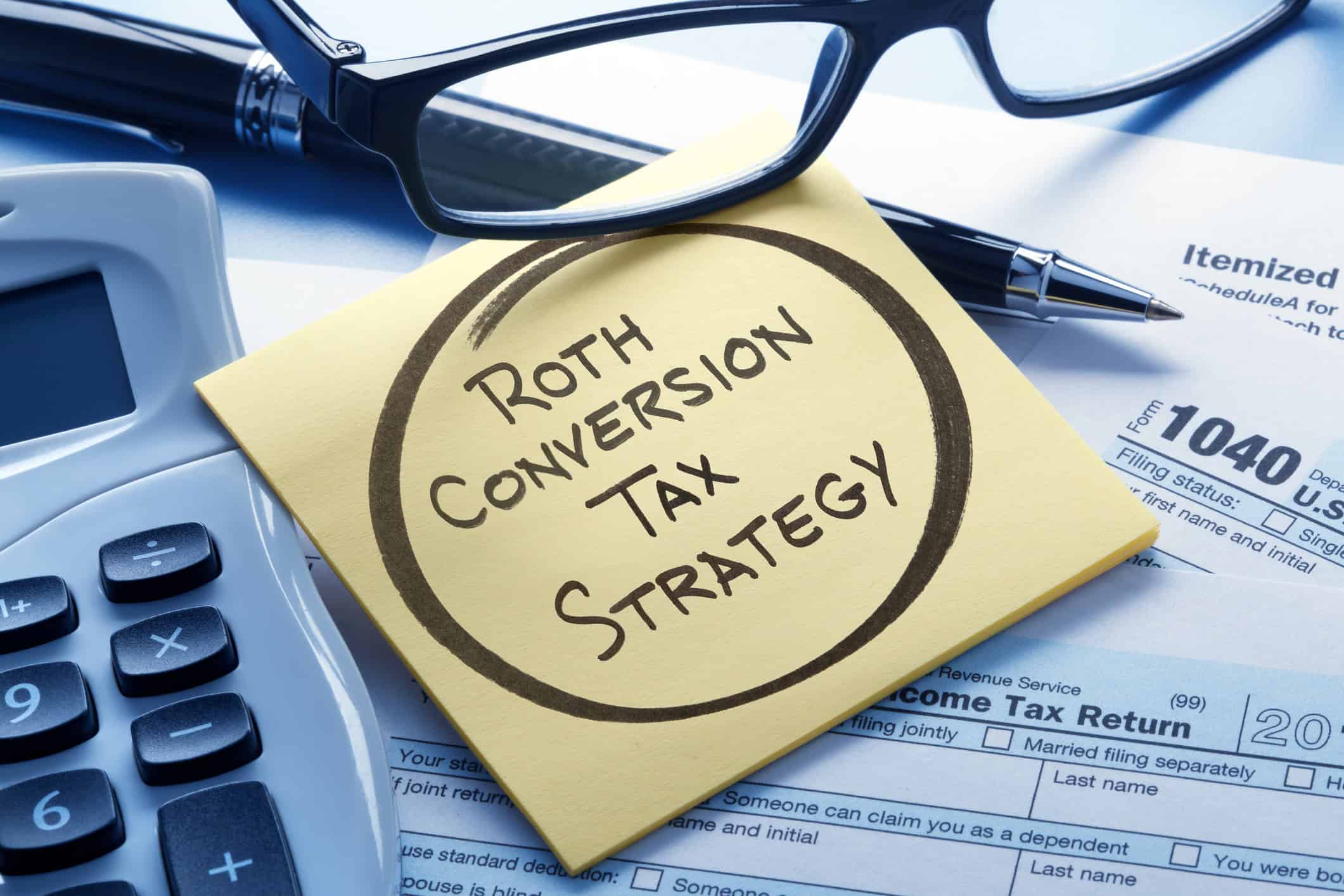
Tax Planning: Why It Should Be a Year-Round Priority
Most people associate tax planning with a flurry of activity that happens only in the weeks leading up to April 15th. The truth is, keeping year-round tax strategies and timely filing of your tax return at the top of your agenda throughout the year can profoundly impact your finances, offering benefits that go far beyond simply submitting paperwork on time. Taking an ongoing approach allows individuals, business owners, and investors to make decisions that are not just smarter, but also more resilient to change—and ultimately more rewarding
The Pitfalls of Last-Minute Tax Planning
There’s nothing quite like the stress of finding receipts, reviewing statements, and scrambling for deductions during tax season. This hustle often leads to missed opportunities:
- Incomplete documentation that could back up deductions
- Overlooked retirement contributions or HSA funding deadlines
- Failure to capitalize on tax credits due to a lack of awareness
- Surprises like underpayment penalties or capital gains tax spikes
Procrastination, in this context, rarely pays off. Instead, spreading the process across twelve months with year-round tax strategies transforms tax planning from a source of anxiety into a tool for building lasting financial security, while effectively managing your tax liability.
How Year-Round Tax Planning Pays Off
Integrating tax considerations, including understanding potential taxes, into daily financial decisions opens the door to significant advantages.
Maximizing Deductions and Credits
Certain deductions and credits require action before the calendar year closes. For example, harvesting investment losses to offset gains, deferring bonuses, or bunching charitable donations—all of these strategies call for advance planning. If you wait until April, you’re simply recording history rather than shaping it.
Smoothing Income and Managing Brackets
Income is rarely stagnant; bonuses, side projects, and investment results can push you into new tax brackets. Ongoing monitoring enables you to:
- Adjust withholding and quarterly estimated payments
- Smooth out income by deferring or accelerating receipts
- Avoid phase-outs of valuable credits by keeping adjusted gross income (AGI) in check
Staying Ahead of Tax Law Changes
Legislation can change overnight, bringing revised rates, eliminated deductions, or entirely new regulations. By reviewing your tax strategy regularly and implementing year-round tax strategies, you’re better positioned to adapt swiftly. This is especially important for those with significant investments or business interests, where timing transactions correctly can save thousands.
An Ongoing Tax Planning Toolkit
Consistent tax planning is much more than recordkeeping. It’s about integrating tax implications into every financial decision.
For Individuals
- Retirement Contributions: Are you maxing out 401(k), IRA, or HSA limits as your salary changes?
- Charitable Giving: Would donations be more tax-efficient through donor-advised funds, or should you batch them to surpass the standard deduction?
- Investments: Is tax loss harvesting or gain deferral appropriate based on current market movements?
- Estate Planning: Are you making annual gifts within exclusion limits, or would a different structure be better?
For Business Owners
- Entity Structure: Is your current business structure still optimal given new laws or changes in income?
- Equipment and Capital Purchases: Would accelerated depreciation or Section 179 expensing make sense this year?
- Compensation Strategies: Is distributing bonuses at year-end, or splitting them into different tax years, the smartest move?
- Estimated Taxes: Are your quarterly payments aligned with changing business activity?
Keeping a running checklist tailored to your needs can keep these conversations at the front of your mind with your accountant or advisor.
Case Study: The Cost of Waiting
Let’s look at two hypothetical scenarios for a small business owner—one with year-round tax planning, one without.
| Scenario | Year-Round Planning | Last-Minute Planning |
| Investment in new equipment | Spread over Q2-Q4, qualifying for optimal deductions | Misses the window for Section 179, must depreciate over several years |
| Estimated tax payments | Adjusted every quarter, with a minimal underpayment penalty | No adjustments, large penalty at filing |
| Charitable contributions | Planned donations made, qualifying for AGI limits | Made after year-end, won’t count for this return |
| Retirement plan setup | SEP IRA established and funded by year-end | Rushes setup, unable to make a full contribution |
| Tax law change (deductions) | Adopts a new expensing strategy in real time | Finds out too late; loses deduction |
The gap becomes obvious. Those who treat tax planning and tax return preparation as a year-round priority put themselves in a far stronger position, not just to minimize taxes and manage tax liability, but to make choices confidently as circumstances evolve.
Integrating Tax Strategy Into Everyday Decisions
Thinking proactively about taxes is easier when you have a roadmap. Here are some practical habits to build into your financial routine:
- Revisit your tax strategy at set intervals: quarterly, after significant financial events, or when major new laws are passed.
- Track all income sources, even side projects or investment windfalls, and understand how they affect your tax situation.
- Review paystubs and retirement statements, confirming contributions and withholdings are on target.
- Touch base with your tax advisor before big decisions—buying property, selling stock, or launching a new business unit.
- Build electronic folders and systems for receipts, statements, and transaction records; small steps throughout the year pay big dividends at tax return filing time.
The Hidden Power of Tax-Efficient Investing
Investment returns are only as good as what you keep after taxes. That’s where ongoing tax planning really shines.
Asset Location
Not every account is equal. Placing high-yielding bonds in tax-deferred accounts and keeping broad-market equity in taxable accounts can reduce annual tax drag.
Capital Gains Management
Selling winners all at once can create an outsized tax bill, while strategic sales over several years may keep you in a lower rate bracket.
Qualified Dividends & Tax Harvesting
Paying attention to the holding period ensures you receive more favorable rates, and loss harvesting can help buffer gains—even in up years when volatility spikes.
Tax-smart investing is a marathon, not a sprint. The rewards compound with each thoughtful move.
Staying Ready for Change
Tax law rarely stands still. Incentives come and go, rates shift, and credits phase in and out. Rather than treating tax compliance as an annual formality, approach it as a puzzle that changes shape throughout the year—one best solved with year-round tax strategies.
Whether you’re funding your first Roth IRA, running a high-revenue startup, or simply aiming to keep more of your hard-earned salary, the benefits are clear. Commit to a regular review cadence, set reminders to check on your year-round tax strategy, and don’t hesitate to reach out to professionals who stay up to date.
In short, prioritizing tax planning every month with year-round tax strategies can foster both greater peace of mind and a healthier balance sheet. The most reliable way to tap those advantages is by staying engaged, empowered, and a step ahead—no April scramble required.
Disclosures:
This commentary is not a recommendation to buy or sell a specific security. The content is not intended to be legal, tax or financial advice. Please consult a legal, tax or financial professional for information specific to your individual situation. Investing involves risk, including possible loss of principal. Past performance is no guarantee of future results. Diversification does not guarantee a profit or protect against loss.




